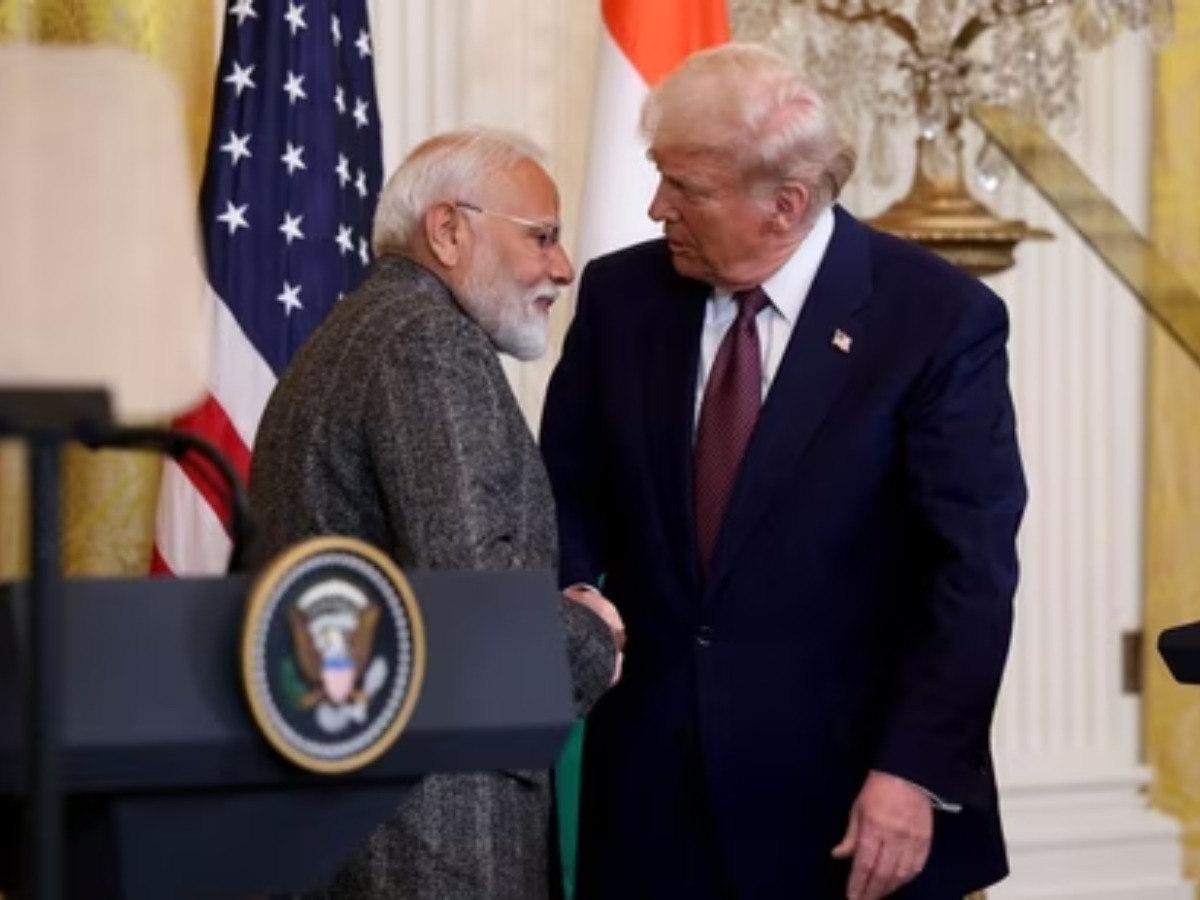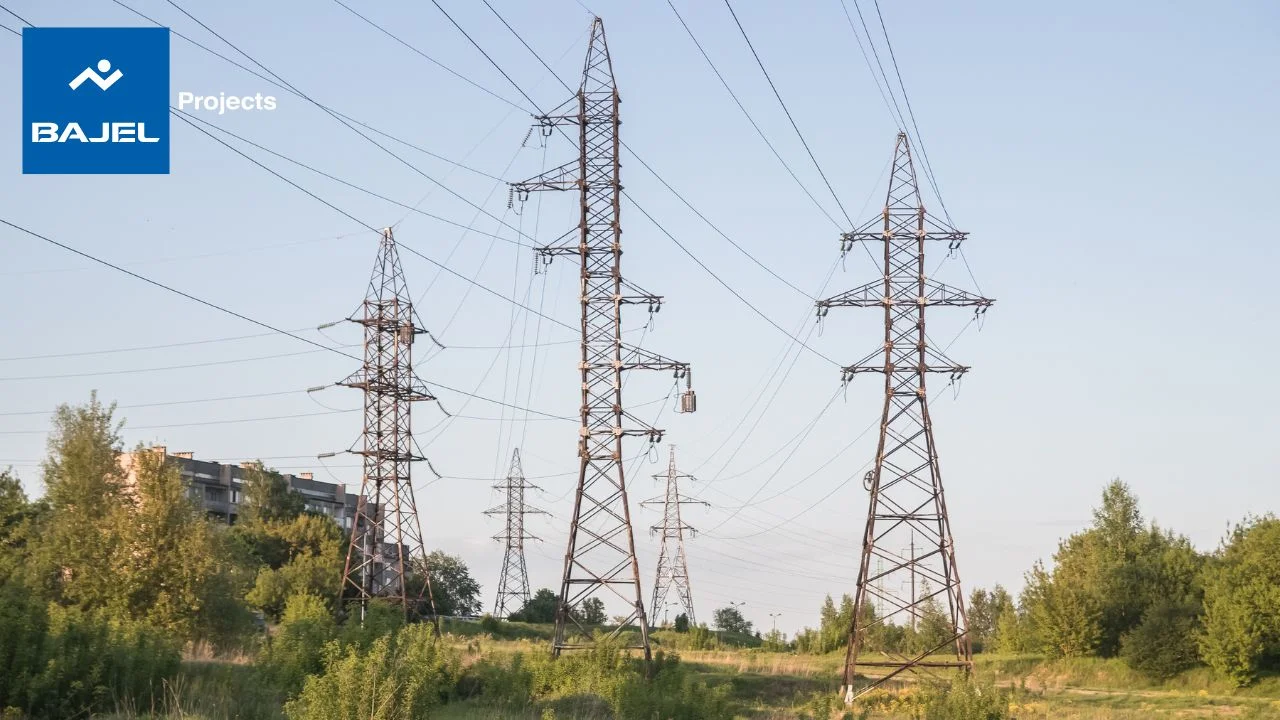 Image Source: MSN
Image Source: MSN
In a significant turn of events, US President Donald Trump has expressed optimism about finalising a bilateral trade agreement with India, promising “much less tariffs” amid a looming July 9 deadline. The announcement comes as both nations race to resolve a deadlock that has stalled negotiations over key sectors including agriculture, dairy, and textiles.
Here’s a detailed breakdown of the latest developments and what they mean for the future of India-US trade relations.
Key Signals from the White House
• President Trump stated that the US is “going to have a deal with India,” describing it as a “different kind of deal” that would allow both countries to compete fairly
• The remarks were made aboard Air Force One, reinforcing the administration’s intent to reduce tariff barriers and unlock market access
• The White House confirmed that India remains a strategic ally in the Indo-Pacific region and that the President maintains a strong relationship with Prime Minister Narendra Modi
Negotiation Status and Deadline Pressure
• Talks are centered around a Bilateral Trade Agreement (BTA), with a July 9 deadline marking the end of a 90-day pause on tariff escalations
• If no deal is reached, a 26 percent reciprocal tariff on Indian exports to the US—originally imposed in April 2025—will automatically resume
• India’s delegation, led by chief negotiator Rajesh Agrawal, has extended its stay in Washington to push for a resolution
Sticking Points and Sectoral Demands
• The US is pressing India to lower duties on agricultural products such as apples, tree nuts, and genetically modified crops
• India has resisted opening its dairy sector, citing the sensitivities of small-scale farmers and past precedents in trade agreements
• In return, India is seeking greater access for its exports in textiles, gems and jewellery, leather goods, and agricultural items like shrimp, oilseeds, grapes, and bananas
Strategic Implications and Market Impact
• A successful deal could reset trade dynamics between the two nations, boosting bilateral commerce and reducing friction in key sectors
• Failure to reach an agreement may trigger tariff hikes, disrupt supply chains, and dampen investor sentiment
• The outcome will also influence broader Indo-Pacific trade alignments and set the tone for future negotiations under the Trump administration
As the July 9 deadline approaches, the promise of “much less tariffs” offers a glimmer of hope—but the final shape of the deal will depend on how both sides navigate domestic pressures and strategic priorities.
Sources: Moneycontrol, NDTV, Indian Express, Times Now, July 2, 2025
Advertisement
STORIES YOU MAY LIKE
 Image Source: ET TravelWorld
Image Source: ET TravelWorld
 Image Source: Facebook
Image Source: Facebook
Advertisement


